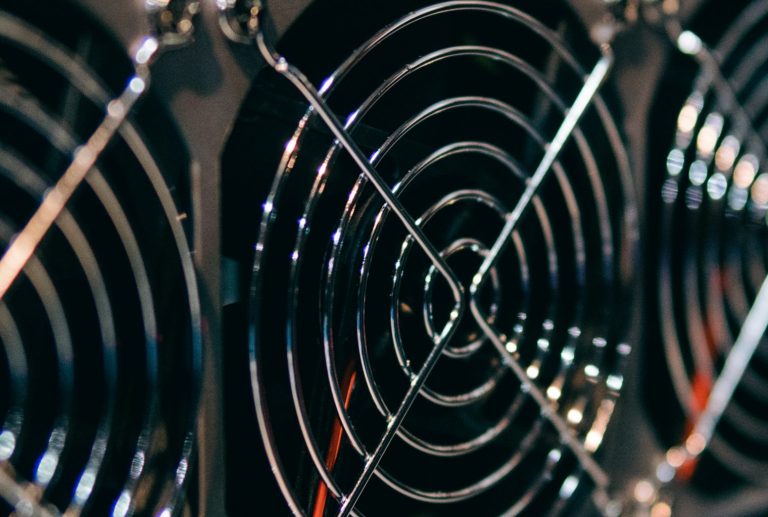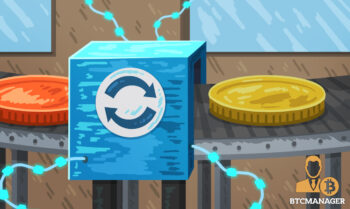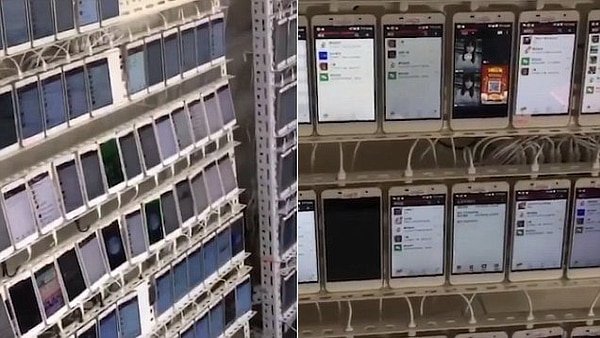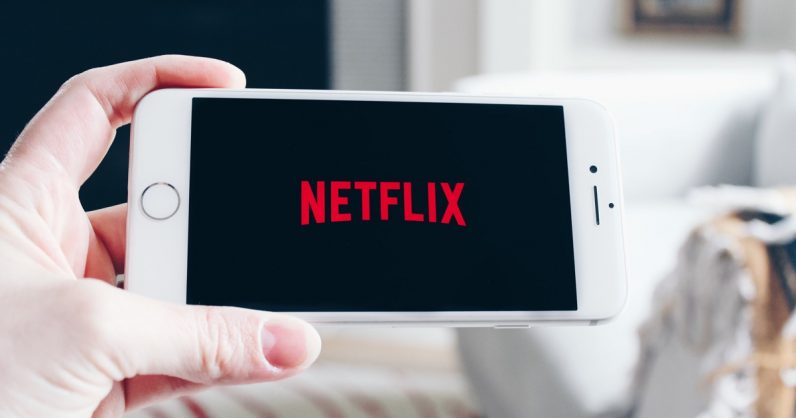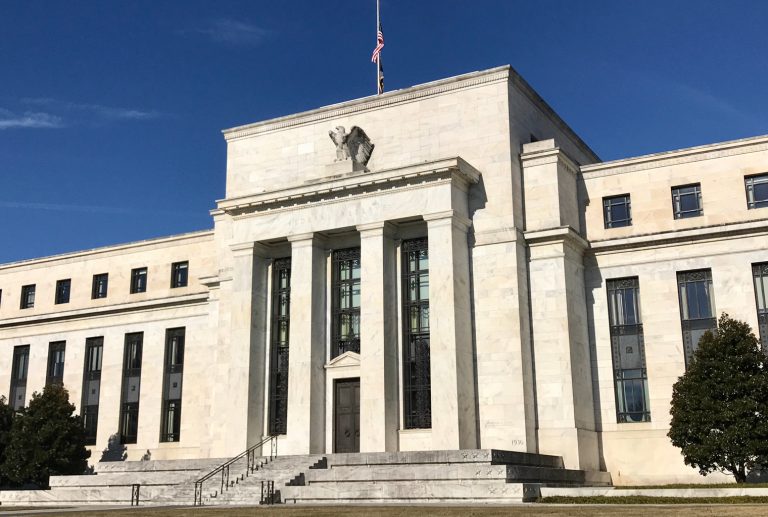
2019-10-15 02:30 |
On October 11, the U.S. Federal Reserve explained that it would inject more easing into the economy by purchasing Treasury bills at an initial $60 billion per month for the next two months. The purchasing rate could decrease or increase, but the central bank expects the easing plan to last until at least Q2 2020. Further, Fed chair Jerome Powell and his partners have also stressed they don’t want the media to call the purchasing plan another QE.
Also Read: Money and Democracy: Why You Never Get to Vote on the Most Important Part of Society
The Fed Approves Purchasing $60 Billion Worth of Treasury Securities per Month but Don’t Call it QEThe Fed told the press on Friday that it plans to continue to buy vast sums of securities in order to stimulate the U.S. economy. The move follows the two interest rate cuts and the printing of $128 billion when the Fed repurchased Treasury securities from specific repo agents last month. The new printing scheme involves another $60 billion per month from now until the end of November, but the buying will not stop until the second quarter of 2020. The central bank explained that the number of purchases planned for after November will be announced on the ninth of every month. The $60 billion a month put toward Treasury bills will be occurring alongside large scale repurchase agreements. The New York branch of the Fed has been in charge of the repos and claims repos will continue until the end of 2019. The Fed hasn’t purchased Treasury securities in this manner since 2012, when it printed roughly $85 billion per month.
Fed chair Jerome Powell.Back then the central bank had no issues calling the process quantitative easing (QE), which is basically the act of purchasing large-scale assets in order to bolster the faltering economy. Powell and his staff are adamant about telling the press that the current easing is not another QE program even though the Fed is purchasing assets at a very large scale. The Fed wants the public to believe this just because the central bank is only purchasing Treasury bills and not things like bonds and mortgages. Neel Kashkari, the president of the Federal Reserve Bank of Minneapolis said: “It’s not a change in our policy stance.” He stressed that the central bank’s number of Treasury purchases will depend on “how much demand for dollars grows.” The current method of easing “gives [the Fed] a lot of flexibility,” Kashkari explained.
Jerome Powell and colleagues dont want the media calling the latest easing “QE.” Central Banks Like the Fed Cannot Solve the Problems They CreatedMany economists believe the Fed’s latest round of easing tactics pretty much meets the definition of QE and some people believe the central bank’s schemes are dangerous. Daniel Lacalle, author at Mises Institute, recently explained how profoundly destructive the monetary easing and repo crisis is to the economy. Lacalle’s essay details that sudden repo lending spikes are not unusual when it comes to the Fed’s operations, but the fact that it takes days to normalize is very unusual. “[It’s] even more unusual to see that the Federal Reserve needs to inject hundreds of billions in a few days to offset the unstoppable rise in short-term rates,” Lacalle insists. “Because liquidity is ample, thirst for yield is enormous and financial players are financially more solvent than years ago, right? — Wrong,” the author writes. Lacalle’s paper adds:
What the repo market crisis shows us is that liquidity is substantially lower than what the Federal Reserve believes, that fear of contagion and rising risk are evident in the weakest link of the financial repression machine (the overnight market) and, more importantly, that liquidity providers probably have significantly more leverage than many expected.
Expanding the balance sheet. Safe-Havens and Collateral DamageEver since the monetary easing started the Fed has wanted to steer clear of associating it with the tools used to battle the economic crisis ten years ago. Laura Rosner, a co-founder of Macropolicy Perspectives told the press that the Fed “wants to keep QE as something special.” “I don’t think they want to send a signal that things are bad,” Rosner added. However, central banks worldwide have said the global economy is quite volatile and runaway inflation and lack of liquidity got the best of them. The Fed’s first interest rate cuts didn’t work at all and rates on repurchase agreements jumped considerably in mid-September. After the Fed revealed its plan last week, safe-haven assets like cryptocurrencies and precious metals saw their values rise. Many people believe the central planners will not be able to save the economy and are seeking refuge in harder assets. Mises Institute’s Lacalle concludes his editorial by saying the current central banking crisis tells us one thing:
The collateral damage of excess liquidity includes the destruction of the credit transmission mechanism, disguising the real assessment of risk and, more importantly, leads to a synchronized excess in debt that will not be solved by lower rates and more liquidity injections.
What do you think about the Fed’s latest easing tactics? Do you think people will continue to seek a safe-haven in cryptocurrencies and precious metals? Let us know what you think about this subject in the comments section below.
Image credits: Shutterstock, Bloomberg, Wiki Commons, Fair Use, Pixabay, and Yahoo Finance.
Are you looking for a secure way to buy Bitcoin online? Start by downloading your free Bitcoin wallet from us and then head over to our Purchase Bitcoin page where you can easily buy BTC and BCH.
The post The Fed Plans to Inject $60 Billion per Month Into the Economy appeared first on Bitcoin News.
origin »Next.exchange Token (NEXT) на Currencies.ru
|
|
